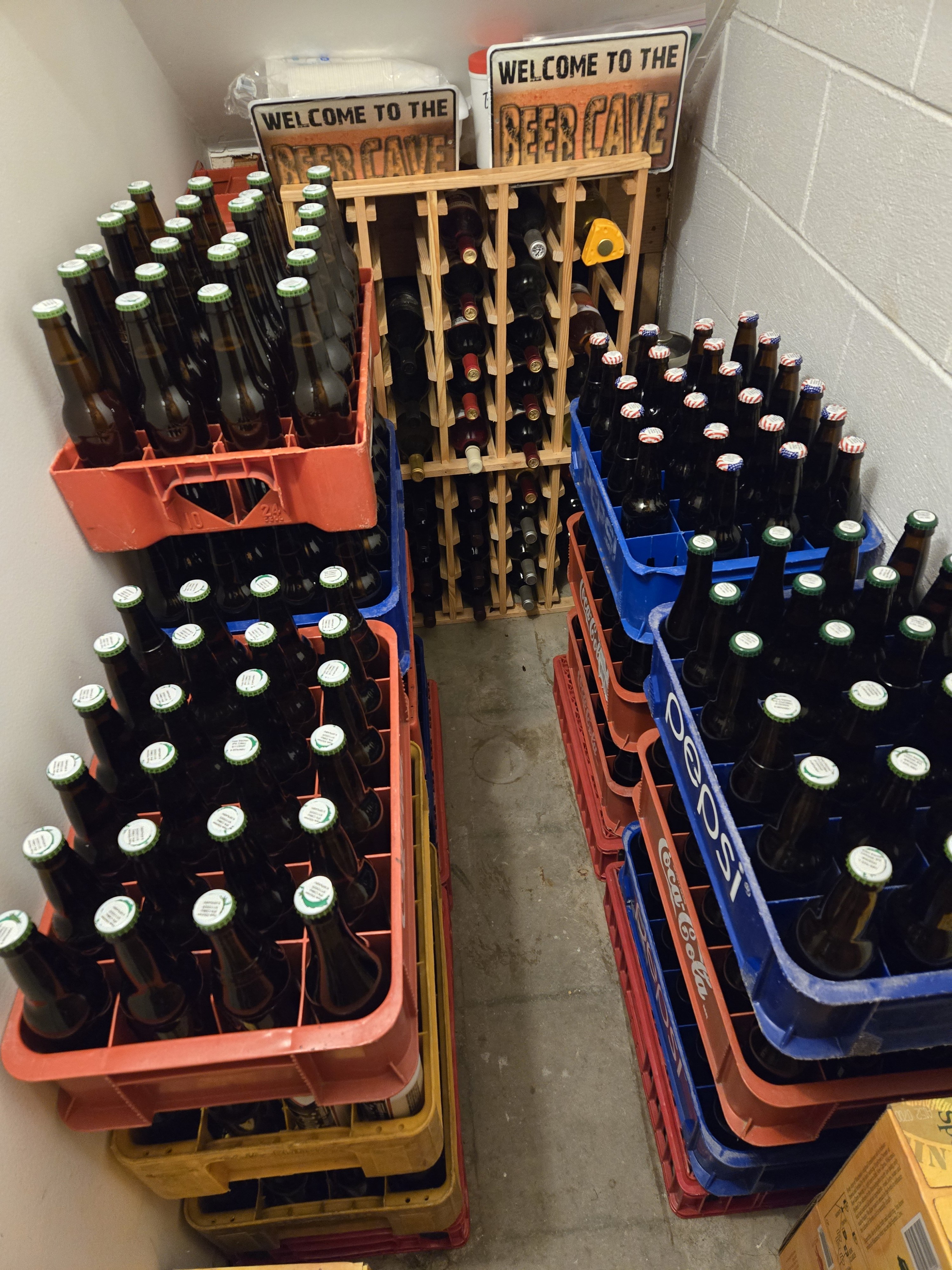JoeSchmoe
Active Member
Hopefully this question hasn't been asked before.
I'm new to beer brewing with 3 batches under my belt. I don't mind bottling, but I hate waiting for the beer to be ready.
On my first two batches, I tried them after a week, and they were carbonated but tasted a little "raw" (for lack of a better word) or like something was missing in the body. After two weeks they were both pretty good and I felt redeemed. By week three I thought both batches were very good (superb in the case of batch 2).
Today I opened one from my 3rd batch after 9 days in the bottle. It had the same raw/unfinished taste even though it was carbed to my liking.
I keep hearing how kegging will speed up carbonation. I'd like to make the jump for that reason... but I'm worried the freshly kegged batches will have that same unfinished taste I'm noticing in my bottles. If it's going to take 2 to 3 weeks of aging anyways, I think I'll just stick to bottling.
Thoughts? Thanks!
I'm new to beer brewing with 3 batches under my belt. I don't mind bottling, but I hate waiting for the beer to be ready.
On my first two batches, I tried them after a week, and they were carbonated but tasted a little "raw" (for lack of a better word) or like something was missing in the body. After two weeks they were both pretty good and I felt redeemed. By week three I thought both batches were very good (superb in the case of batch 2).
Today I opened one from my 3rd batch after 9 days in the bottle. It had the same raw/unfinished taste even though it was carbed to my liking.
I keep hearing how kegging will speed up carbonation. I'd like to make the jump for that reason... but I'm worried the freshly kegged batches will have that same unfinished taste I'm noticing in my bottles. If it's going to take 2 to 3 weeks of aging anyways, I think I'll just stick to bottling.
Thoughts? Thanks!

























































![Craft A Brew - Safale S-04 Dry Yeast - Fermentis - English Ale Dry Yeast - For English and American Ales and Hard Apple Ciders - Ingredients for Home Brewing - Beer Making Supplies - [1 Pack]](https://m.media-amazon.com/images/I/41fVGNh6JfL._SL500_.jpg)

